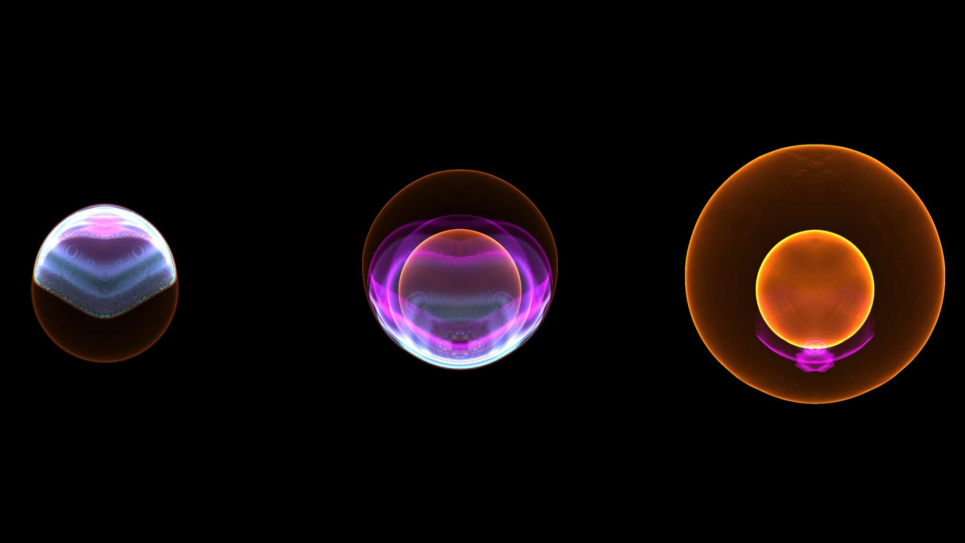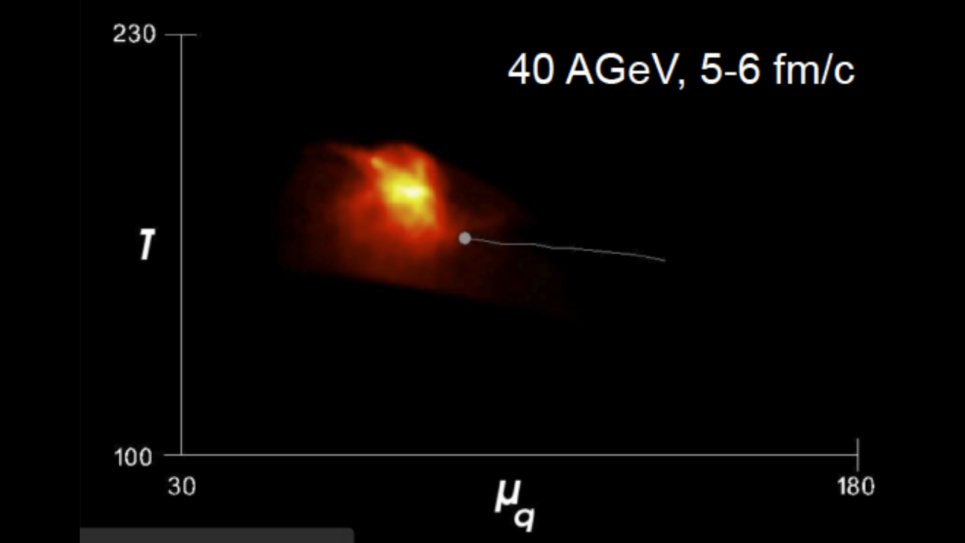In the 2010-2012 timeframe, Lawrence Livermore National Laboratory is tasked with achieving ignition at the National Ignition Facility (NIF). An important aspect of the ignition campaign is quantitative prediction of the level of laser backscatter in these targets. Understanding and mitigation of laser backscatter is important, as backscatter reduces the amount of input energy available for driving the fusion process. It can also alter implosion symmetry as well as preheat the ignition capsule via generation of hot electrons.
The NIF ignition campaign began in the late summer of 2009, and continues into 2012. In 2009, subscale targets, designed to emulate laser-plasma interactions (LPI) in ignition targets were fielded. The ignition campaign began in earnest in 2010, where ignition is sought using 1.2–1.8 MJ of input laser energy. It is also crucial to prepare for advanced target concepts beyond the ignition campaign, such as the Laser Inertial Fusion Engine (LIFE) concept that aims to provide high thermonuclear gain with mass-producible, low-cost targets. This project is performing simulations of laser propagation and backscatter in both ignition campaign and LIFE targets. Such simulations will generate scientific results that will have a major impact on the National Ignition Campaign and inertial fusion energy, as well as on the fundamental science of LPI.
Ideally, in 2012, the team will perform a pF3D simulation of the LIFE beams most at risk for LPI, and then look at kinetic effects with PIC simulations.

